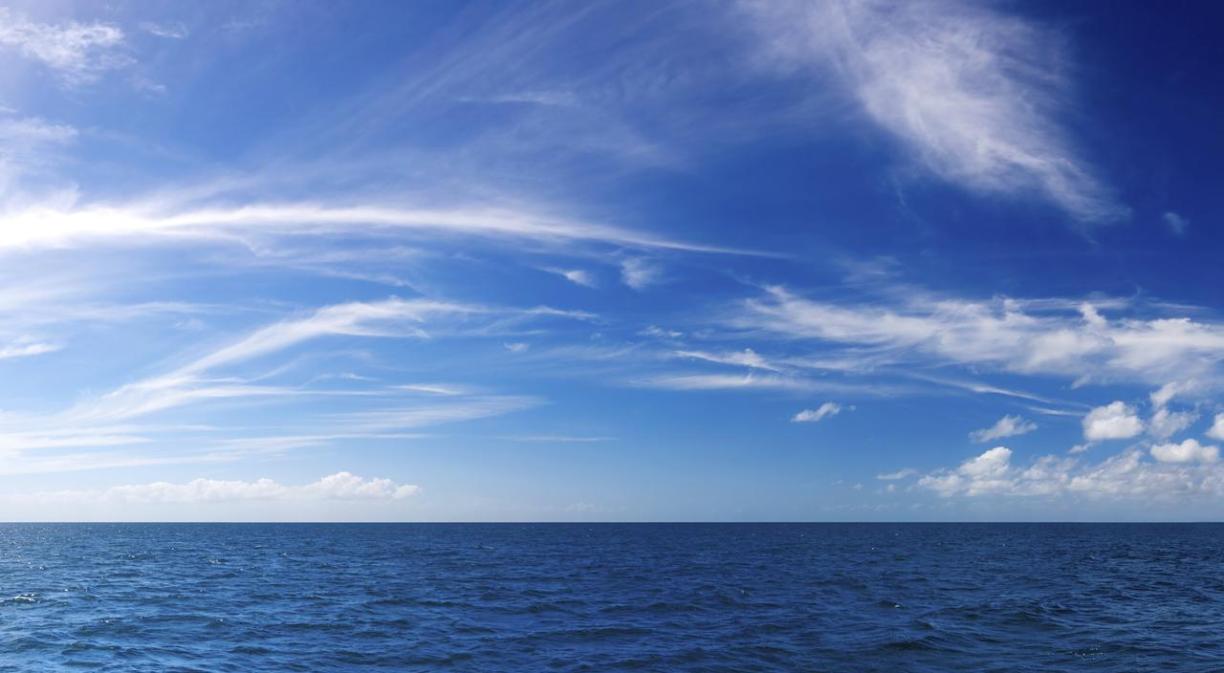Plastic waste, tourism and overfishing are some of the main threats to the oceans, especially the seabed. Environmental organisations have long warned that the oceans are deteriorating, which will take a heavy toll globally. How can this situation be improved? What can technological solutions do to regenerate the seabed?
The oceans are crucial to the health of the planet and the survival of humankind, but much of the oceans and seas are international waters, so ensuring their monitoring and conservation is more complicated. Without effective policies, marine ecosystems are plunging into decline, causing irreparable harm to these areas that are so sensitive to degradation.
The main threats to the seabed
Overfishing is a major concern for the oceans. Fishing fleets have been gaining ground since the 1950s, and there are now a few notable exceptions, such as managed fisheries in Alaska, Iceland and New Zealand that control the exploitation of the environment. According to a 2019 Global Fishing Watch study, some 92.5 million tonnes of fish were taken from the ocean in 2017.
With regard to the presence of microplastics, their presence on the seabed has tripled in recent decades. A study published in the journal ‘Environmental Science and Technology’ has shown that microplastics are preserved in undisturbed marine sediments. As a result, plastics from the 1960s may continue to be deposited on the seabed, creating serious problems for aquatic biodiversity.
International maritime tourism is also an issue for debate, as the increase in international maritime traffic threatens the natural habitats around the ports that make up the trade routes. Another significant factor is the high amount of water acidification, caused by excess CO₂, the carbon released into the atmosphere affecting the health of the oceans.
Only about 5% of the oceans are protected by conservation laws. The alternatives for conserving marine ecosystems are mainly threefold: establishing protective boundaries, promoting sustainable fisheries and developing effective technology to regenerate the damaged seabed. However, innovative measures based on technological solutions to regenerate the seabed have been developed and are already being implemented to reverse all the damage caused.
Technological initiatives and solutions to recover the seabed
Innovation inspired by the degradation of nature is leading to a proliferation of different studies that are banking on technology-based solutions to address seabed regeneration.
Digital tools to combat illegal fishing:
Pirate fishing, although criminalised by laws and regulations, is still a common practice. It is estimated that between 11 and 26 million tonnes of fish are caught illegally worldwide each year, representing between 13 and 31% of the global catch of marine species, even though 90% of the world’s fish stocks are already exploited or depleted, according to UN estimates.
As the WWF points out, pirate fishing is another major driver of seabed destruction. In order to alleviate this problem, the ICT consultancy firm Oesía Group has developed a technology based on the integration of Artificial Intelligence to predict the movement of the fishing fleet and improve vessel connectivity. Thus, from a fully digitised optronic solution, atypical behaviour of boats can be observed. In addition, the AI system prevents the hijacking of vessels by pirates and facilitates the security of the Spanish coasts.
Robotic solution to clean microplastics from the seabed:
The problem of microplastics is very complex, and their presence causes deformation, suffocation, and organic and behavioural changes in oceanic species. Although cleaning these spaces is not easy, as a solution, a group of researchers from Sichuan University has developed a fish-shaped robot that sucks up microplastics.
These robotic fish are very small, measuring only 13 mm long. Thanks to their connectivity they can be remotely controlled with light beams, they can flap and move at almost 30 mm per second, a speed similar to microscopic plankton organisms, and one of the keys to their mission is their composition. The researchers studied the nacre of seashells with precision to achieve a similar flexible structure. Although the solution looks promising, they are only prototypes.
Technological regeneration of coral damaged by mass tourism:
Coral reefs are one of the most vulnerable ecosystems to maritime tourism and it is estimated that they could disappear within the next 30 years. The lack of regulations for visiting these natural sites is a major concern. All the vessels that choose to sail in these areas stop at no more than 100 m, depositing hundreds of chemicals on the reefs.
For this reason, the Biorock project aims to regenerate the genetic connectivity of damaged coral in a clean, sustainable and rapid manner. The system consists of an underwater metal structure to which electrical conductivity is added. The procedure is activated by discharging high-voltage electricity through a titanium mesh, which acts as an anode (positive electrode), wrapped around a large iron or steel structure that functions as a cathode (negative electrode). The Biorock process thus occurs between two metals, increasing mineral accumulation. In this way, corals can grow faster and are more resistant to temperature extremes and changes in acidity.
